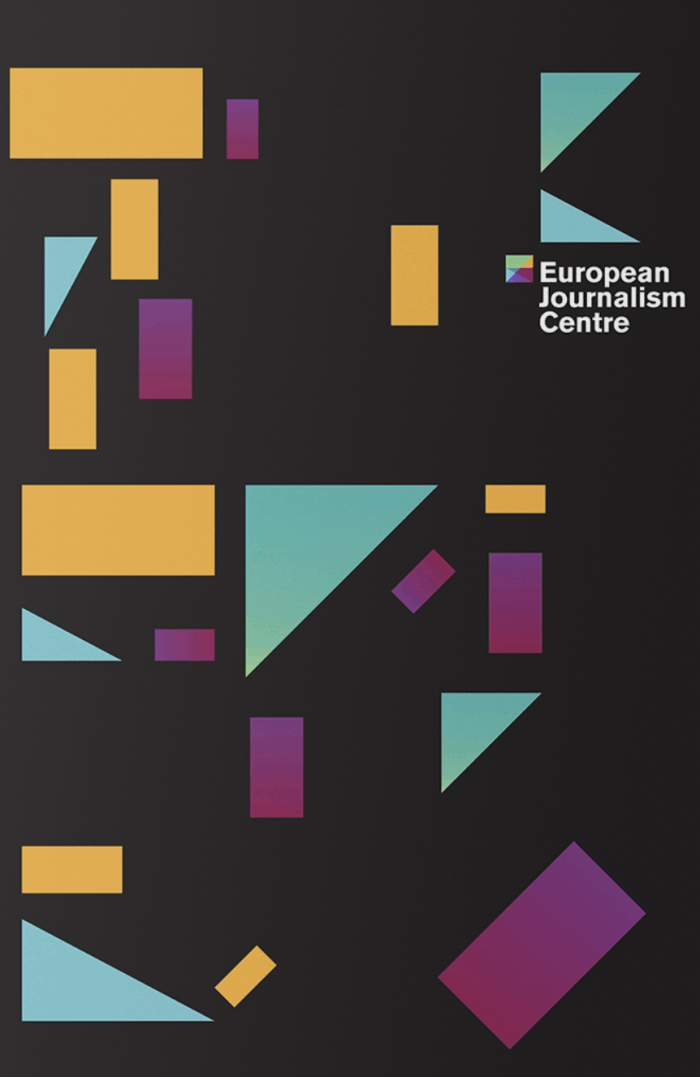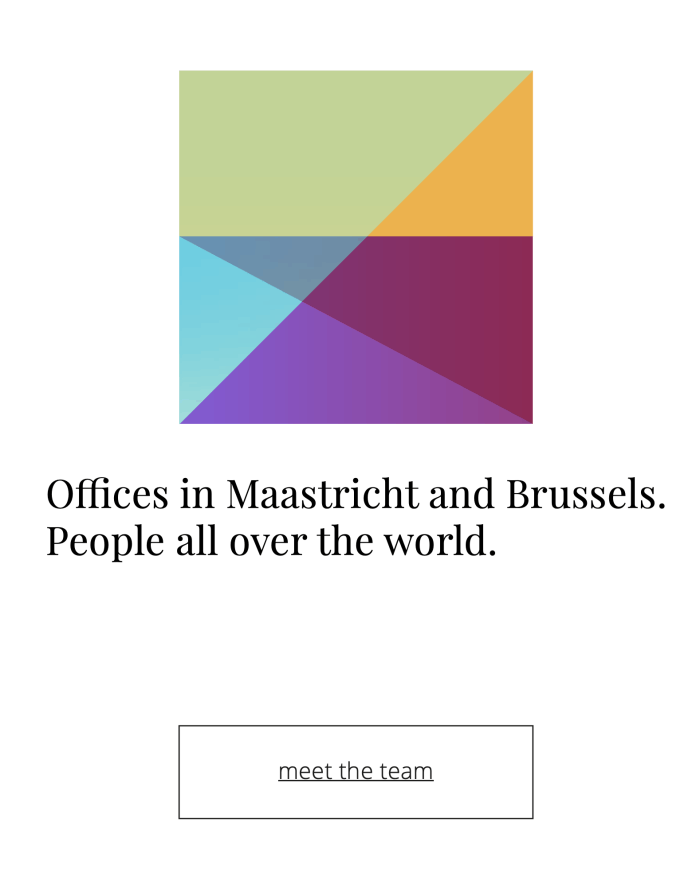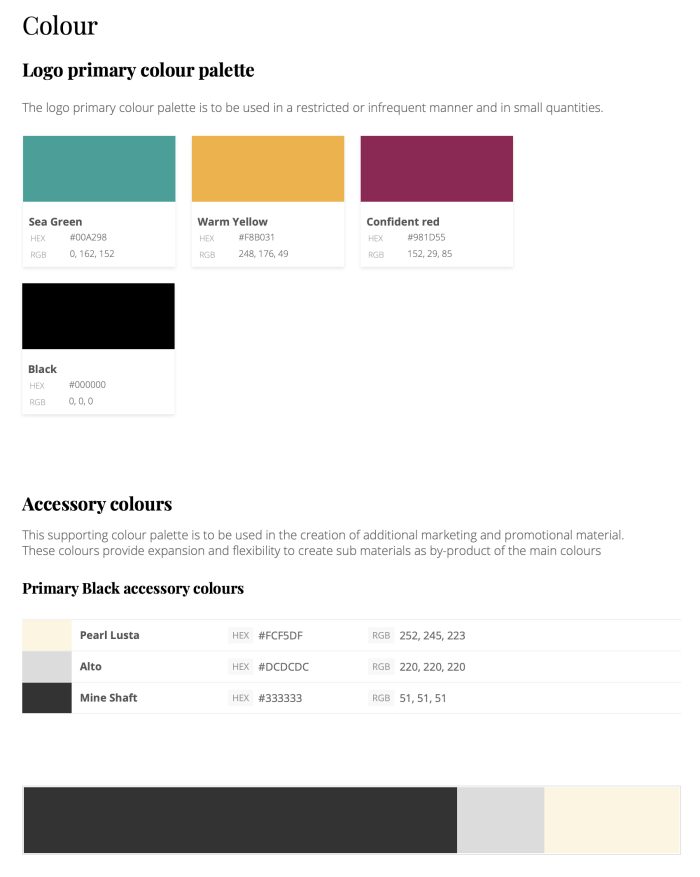Remote moderated user testing
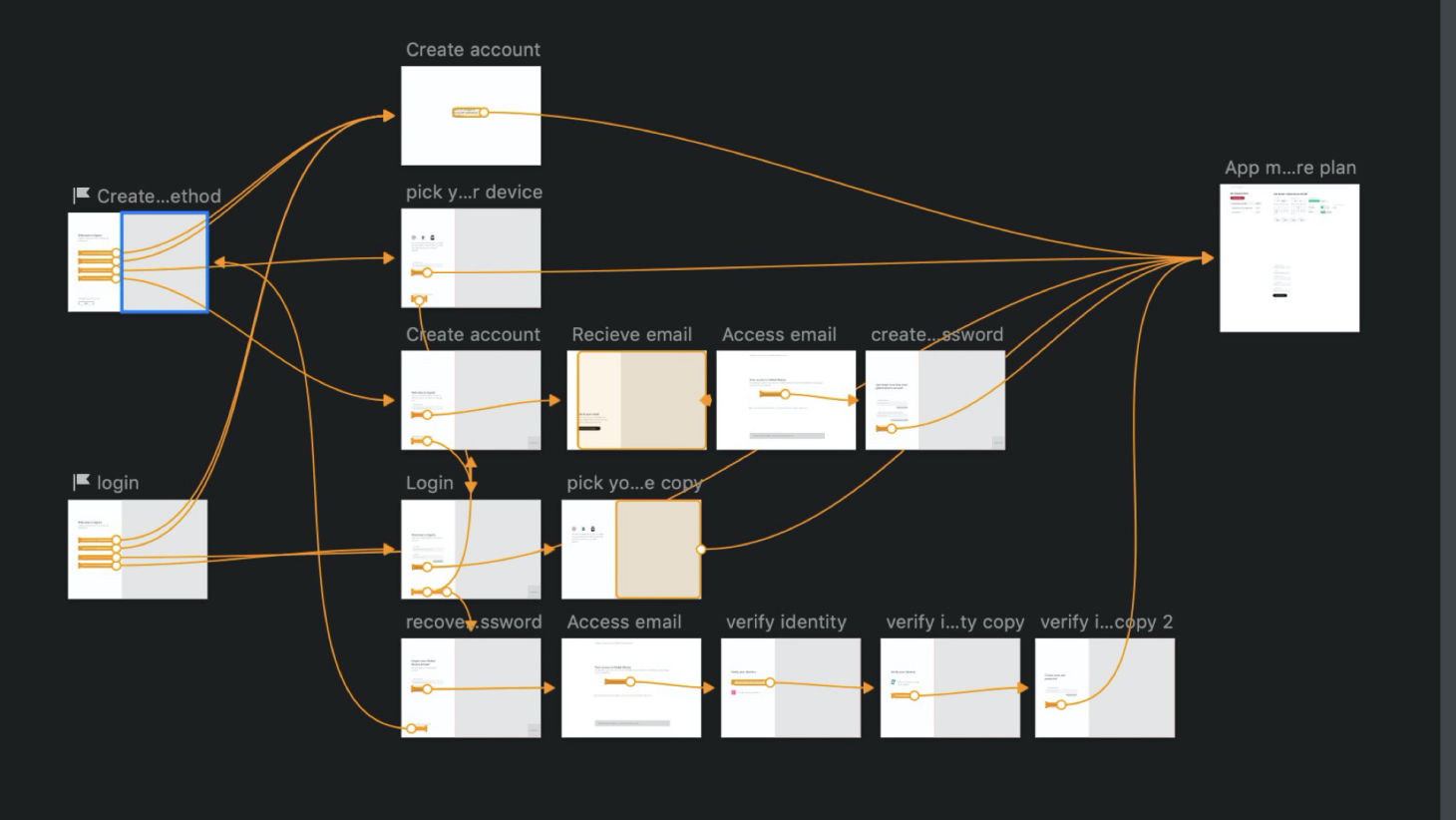
I work with digital products, user experience, agile, heuristics, lean, design systems, research, usability, design sprints, workshops, digital transformation, data, analytics, MVP's, personas, patterns, grids, white space, negative space, gestalt principles, heat maps, OKR's, stakeholders, scrum, multiexperience, content, ethnography and whiteboards.
Primarily as qualitative validation methods, I often have to vary based on the test necessity or the available budget.
Moderated, unmoderated, semi-structured, exploratory, in person, remote, the overstated guerrilla testing, are some of the methods part of my utility belt. Sometimes I mix the test with contextual laddering techniques or occasionally eye-tracking, but usually, use more these methods for a research stage.
There is a known but misunderstood rule to test only with five users that I usually follow for usability testing, where I'm testing known workflows and tasks, and we are only looking for usability issues.
The tools I use are very variate, Sketch, Invision Studio, Adobe XD, any recording software I can get my hands on, video conference, sometimes Silverback or Morae and Spreadsheets to track time for each task, completion rates.
Test setup can be enjoyable and interesting. I always work to have one observer, from other fellow designer or a developer to take notes or fill in the spreadsheet.
On a successful lab, I'll have the session broadcasted to an isolated room where a group of observers take note and discuss after the test. Hardware I usually use can go from omnidirectional microphone, to stand 4k camera for mobile user testing, and record both device and user movement/expressions.
The test is prepared and scripted in advance, if possible, using the same tasks and workflows initially identified to drive the design.

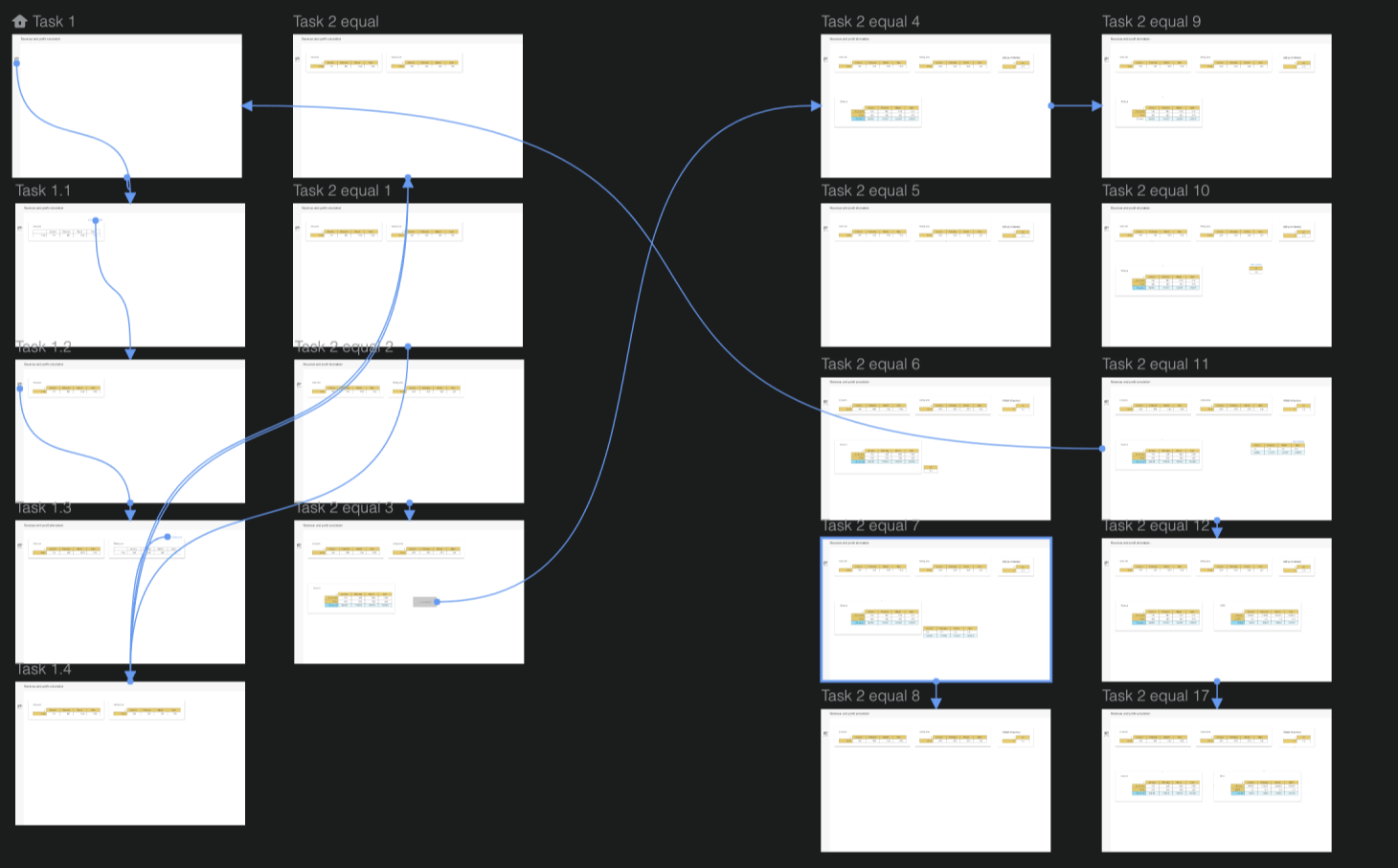
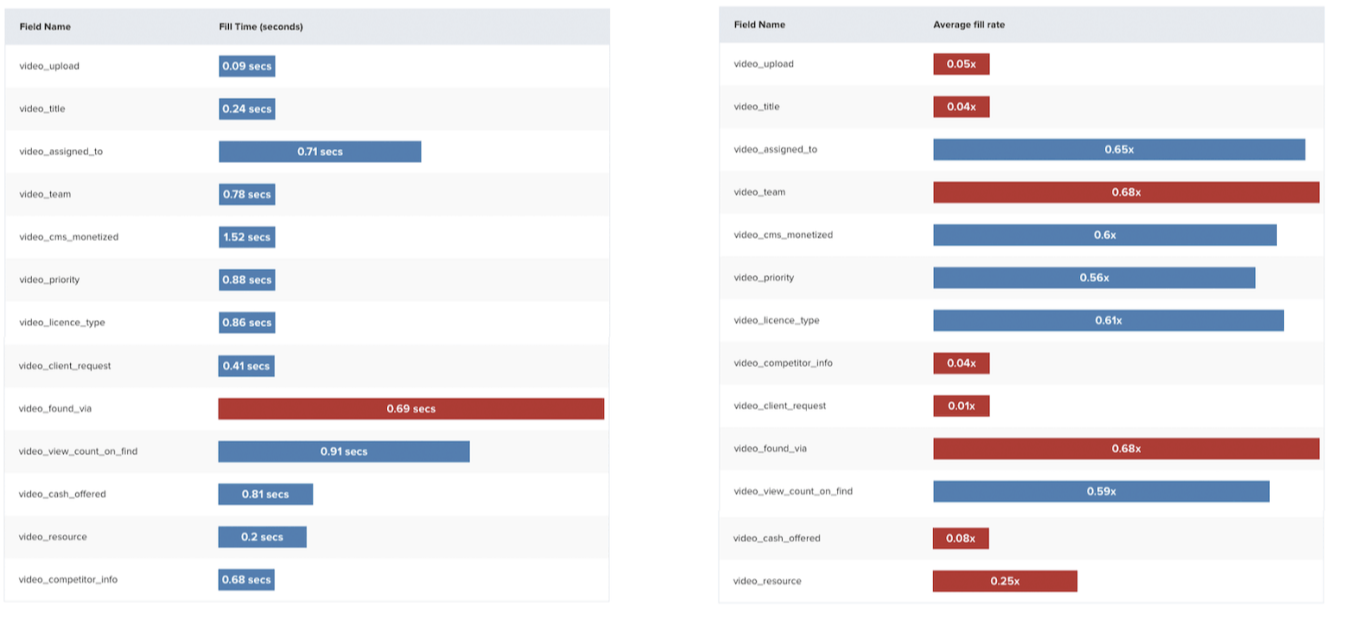
As head of product design, while working as product designer on one product, I've also led and directed designers and developers from different internal teams, to build the first company design system.
The entire project focused on deep pair working and collaboration, with weekly inspirational conversations to ensure we were all aligned to the same vision. After a few months, the team had at their disposal, a complete library of elements and rules of application, that allowed us to increase development and design speed, as well as simplify QA.
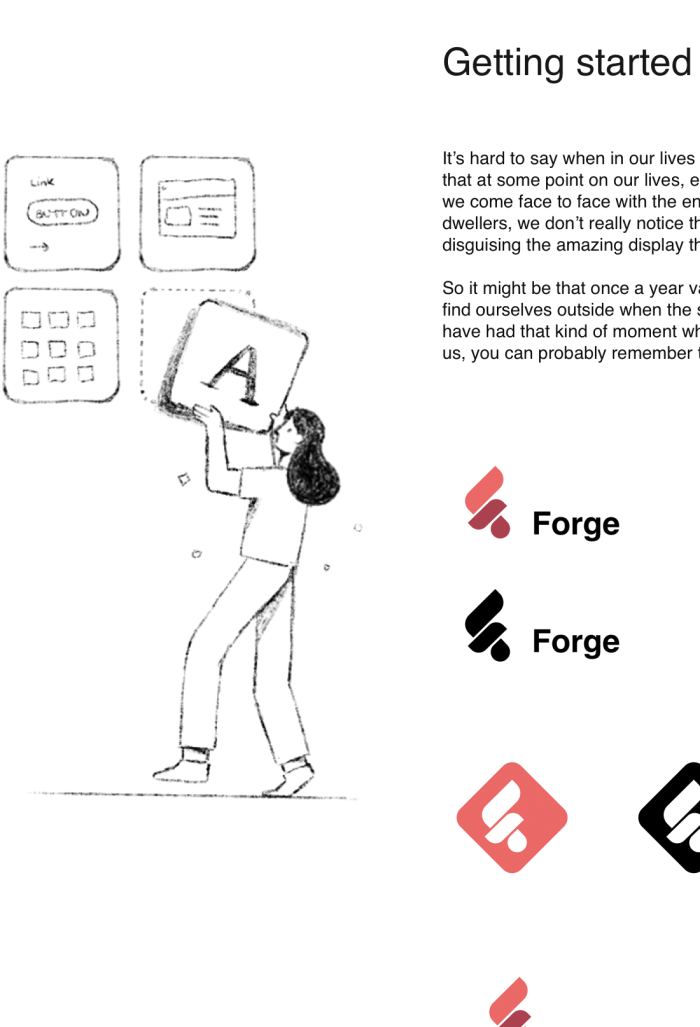
Identity
Cooperatively designed between product designers and developers and aligned with the intended design direction.

UI inventory
Every interface that was to be redesigned had an exhaustive inventory mapped for future coverage evaluation
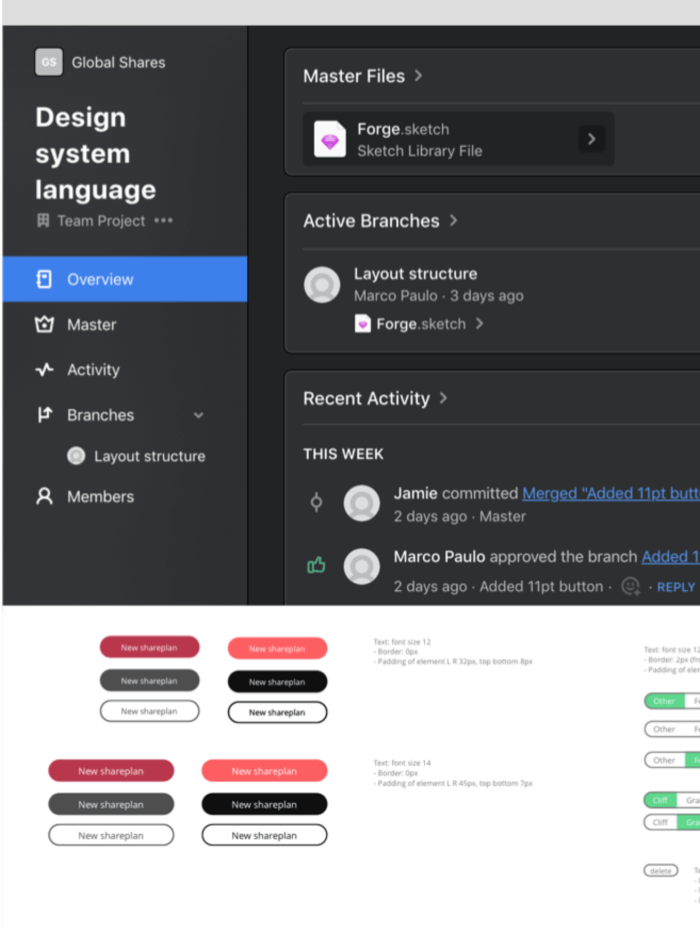
Structured collaboration
Using Abstract and Sketch across the teams, the collaboration and feedback was ensured.
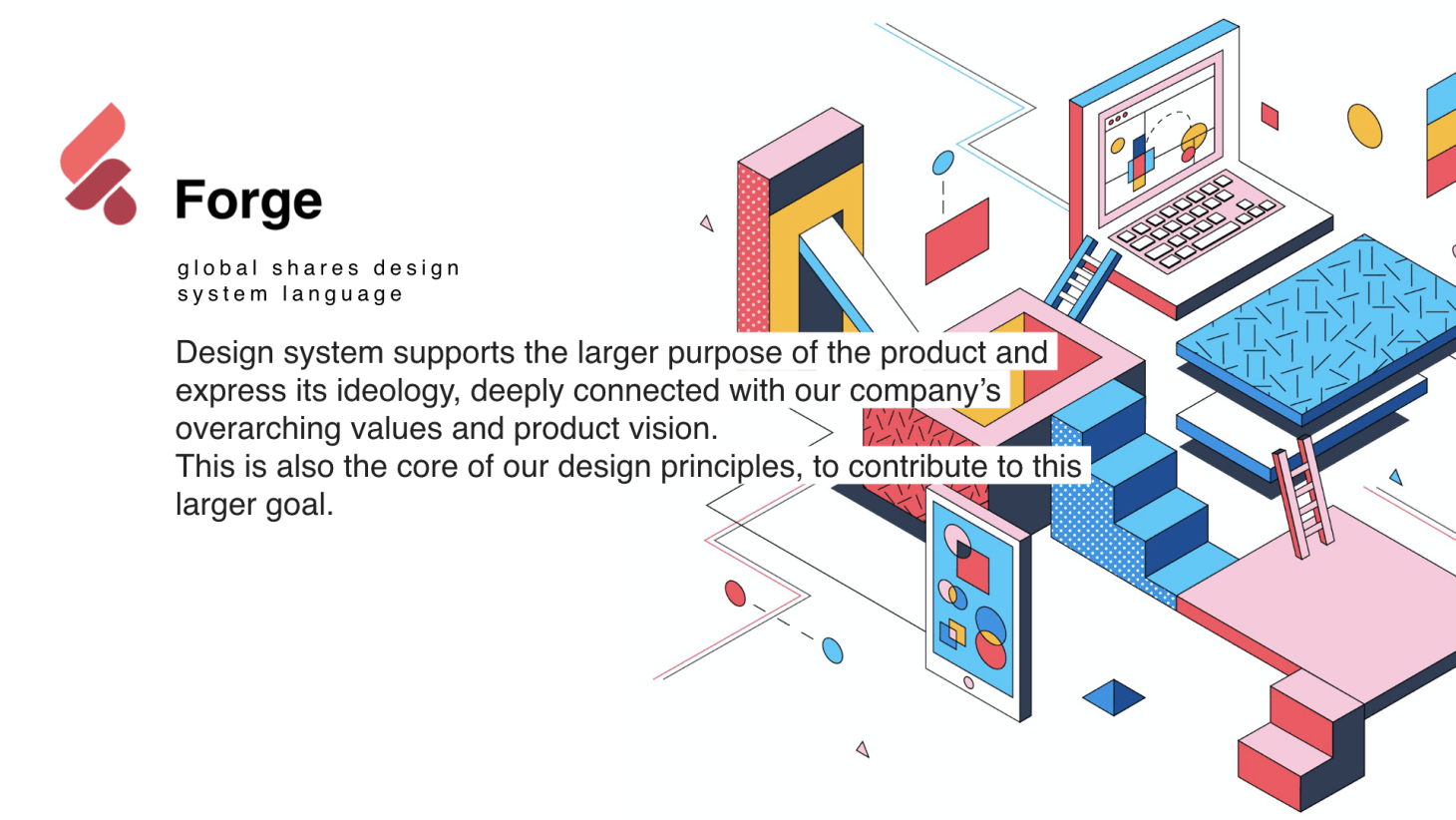
Principles, taxonomy, tone and constraints
Iteratively built across product, design, development and marketing, lead the creation of the initiative to create a complete set of patterns, components and the rules to use them across the company, for coherency, speed of delivery and scale.
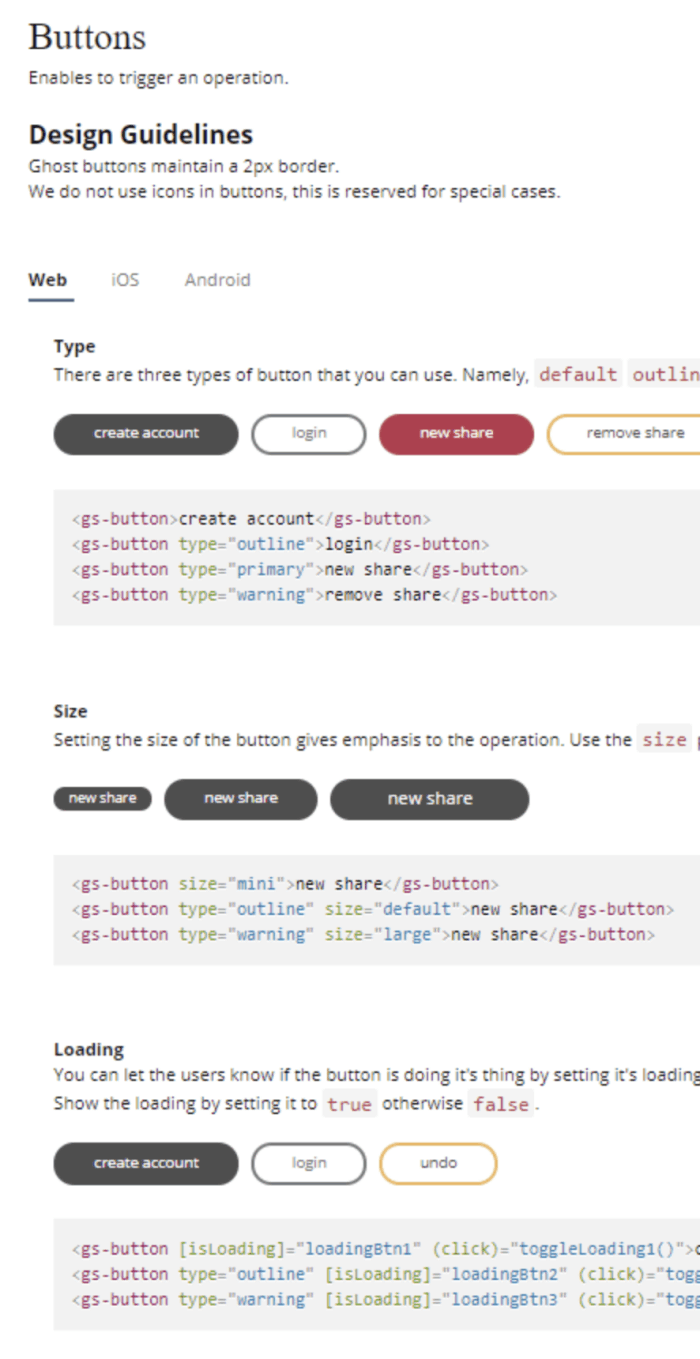
Design meet development
Development and product design always pairing on the work, automating the generation of design tokens and components, even for Sketch.
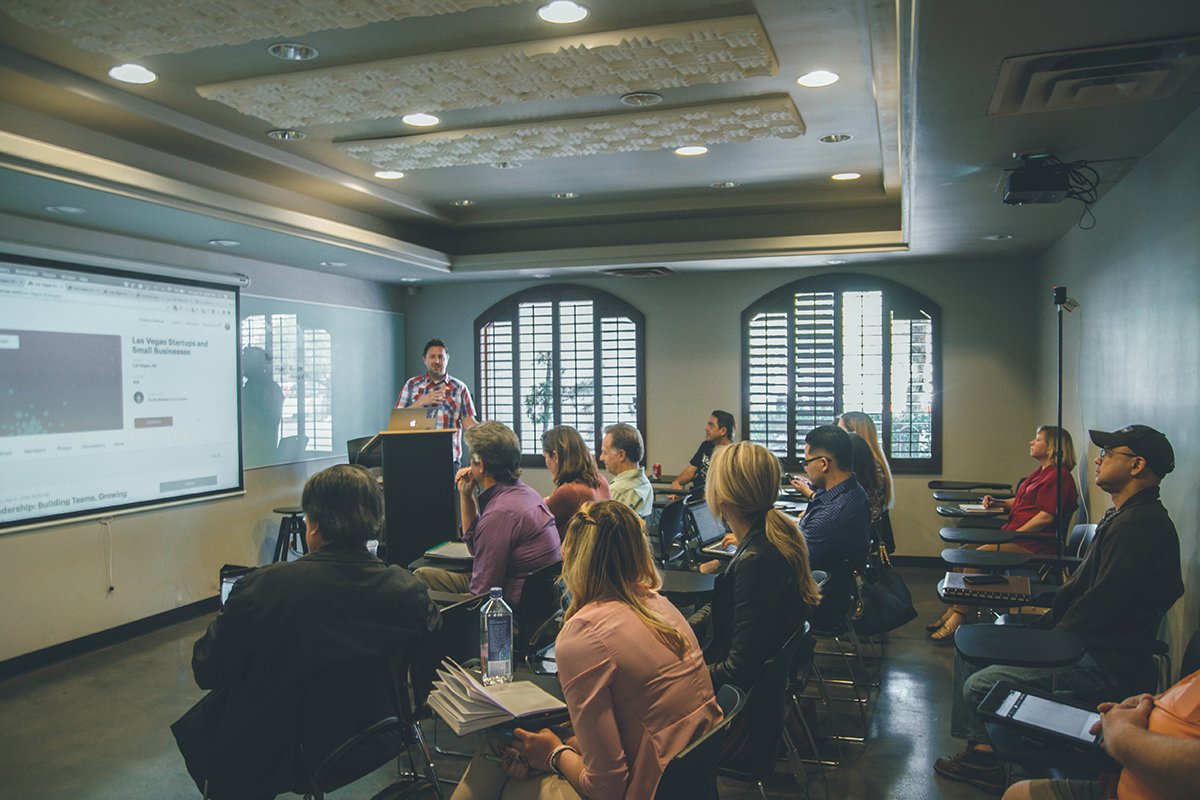
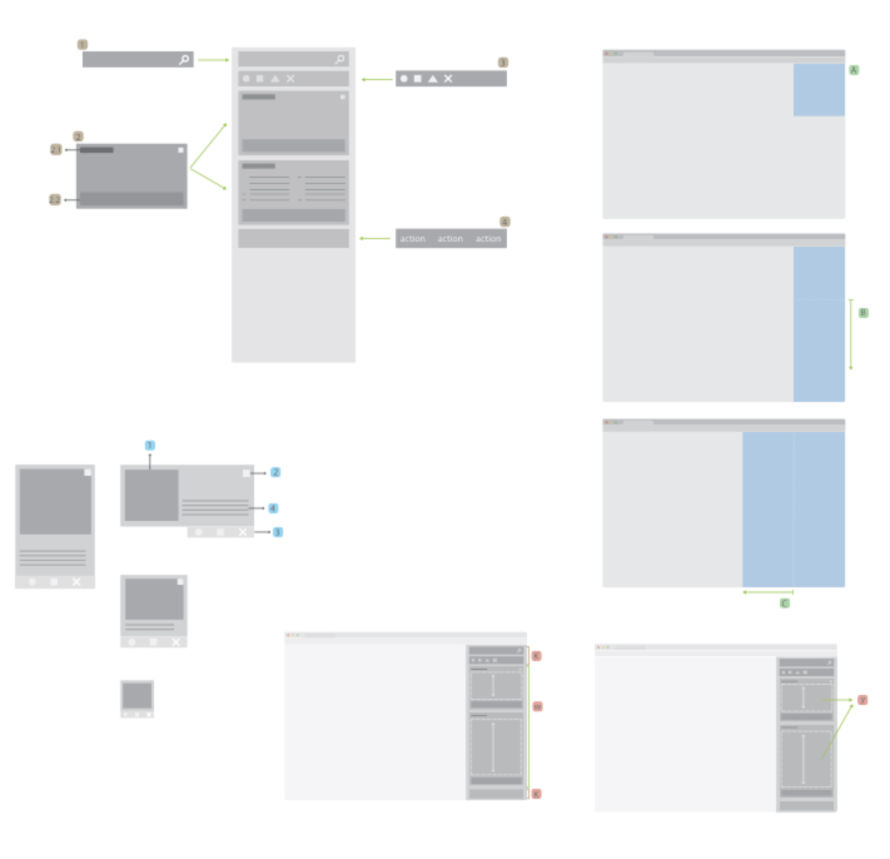
There is a lot of behind the scenes work for all these designs that are not visible here. Research is done, learnings from stakeholders and business are brought in, mistakes are made, and a picture is born.
The projects below are in the middle of an evolving iterative loop. The problem to solve is already understood, defined, and the solution is continuously designed and tested.
Sketch
Figma
Adobe XD
Abstract
Zepplin
Typography
Grids
White Space
Negative Space
Design principles
Usability testing
Every design have behind the scenes. This project combines specific methods for research, collect and analyse information that was selected on purpose for the challenge.
Because no design follows the same process, even working the same product most times the process changes between iterations.
The challenge was to understand how a journalist would look at streams of content and decide which to choose. Design and test an interface for this specific objective. I won't show all details of the project research, but showoff a few methods applied.
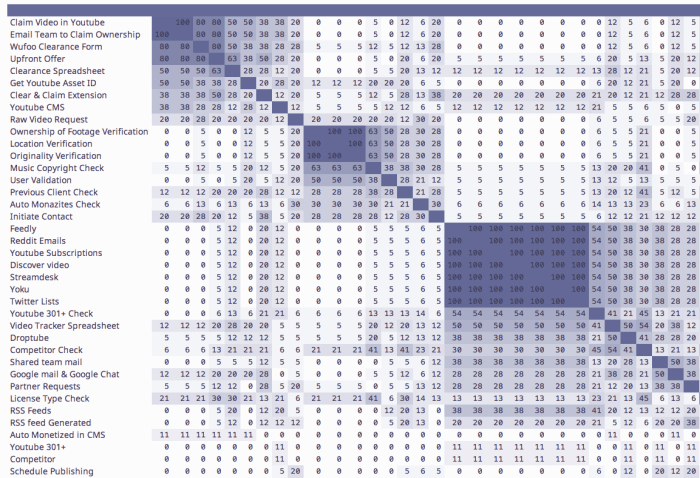
Correlate tasks with content
Using the unmoderated card sorting experiment, users related specific actions to content, that allowed the understanding that different teams use the tools in different steps of the process.
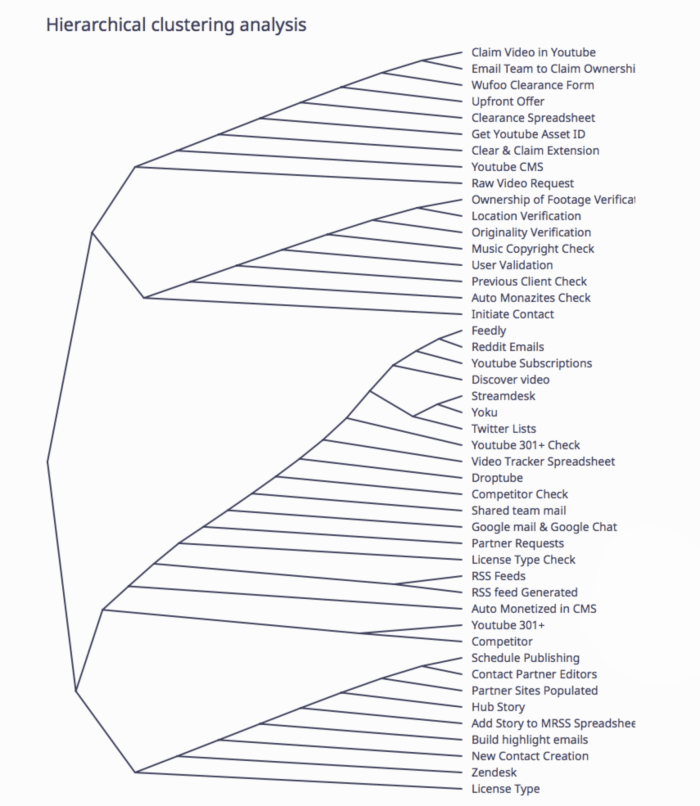
Clustering analisys
I mainly intended to fine-tune assumptions from qualitative interviews. Cross-referencing qualitative and quantitative evaluations will give you better impartial results.
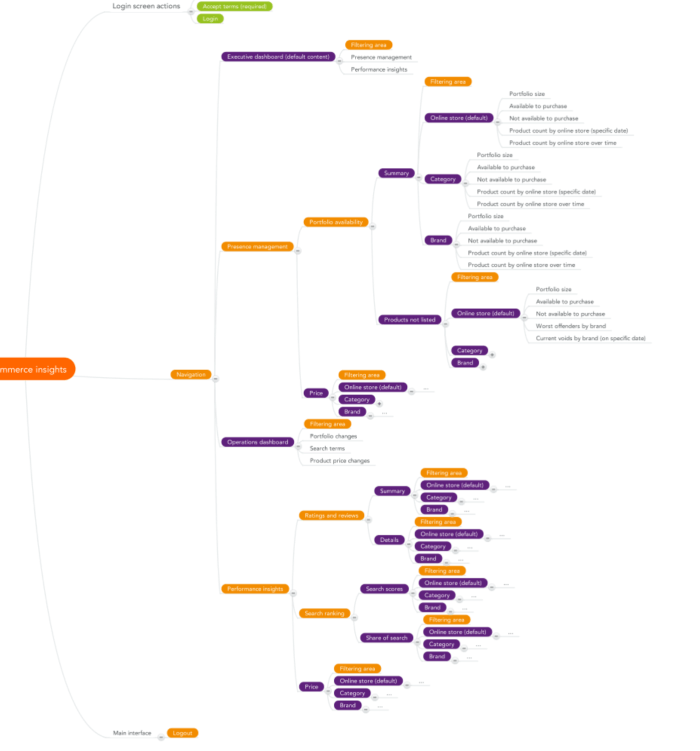
Mindmapping, always
The best way to organise thoughts. Especially for projects that will scale. Using this mindmap, I surfaced a set of features that were present and used on different tools across the workflow.
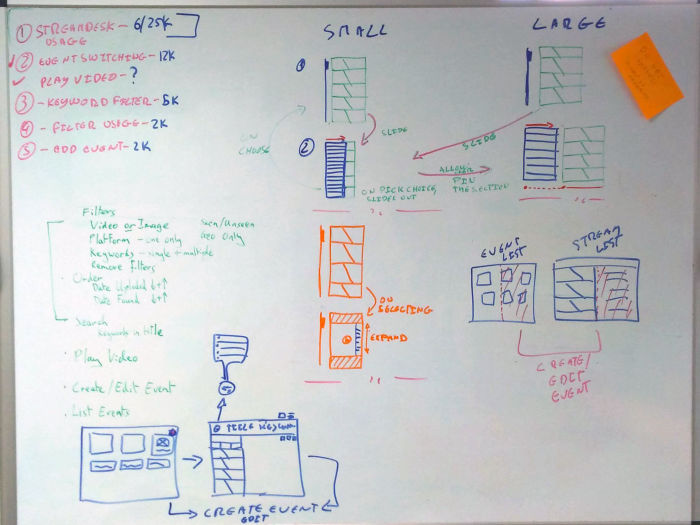
Collaborative session
Every step is collaborative, but some we need to stand in front of a whiteboard and design/discuss together based on the learnings.
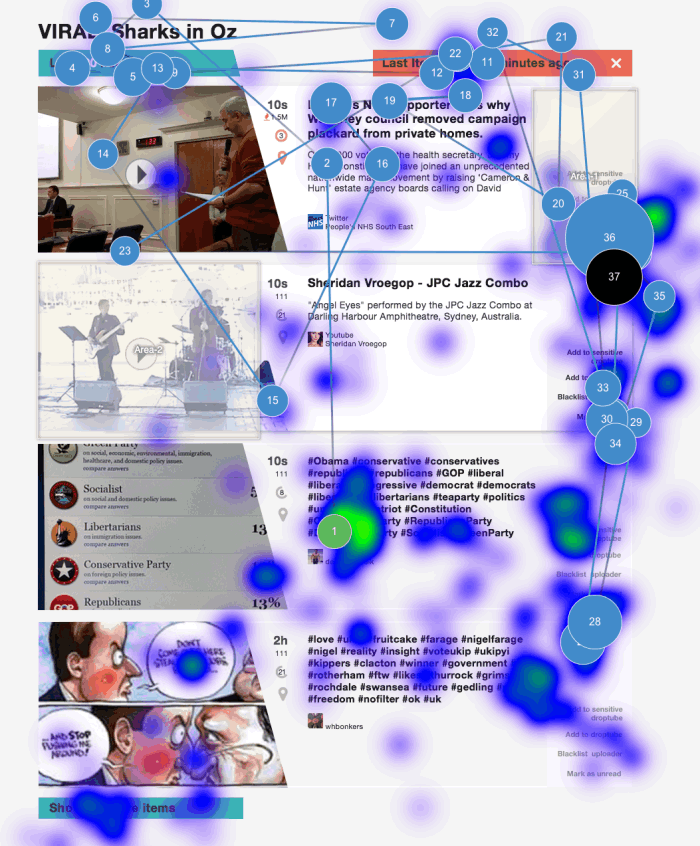
Evaluate the ideas
It was necessary to verify if the design had any elements distracting attention to make a decision on each line of content. Example, only after two iterations, we got the content actions to be the second thing users looked at as intended.
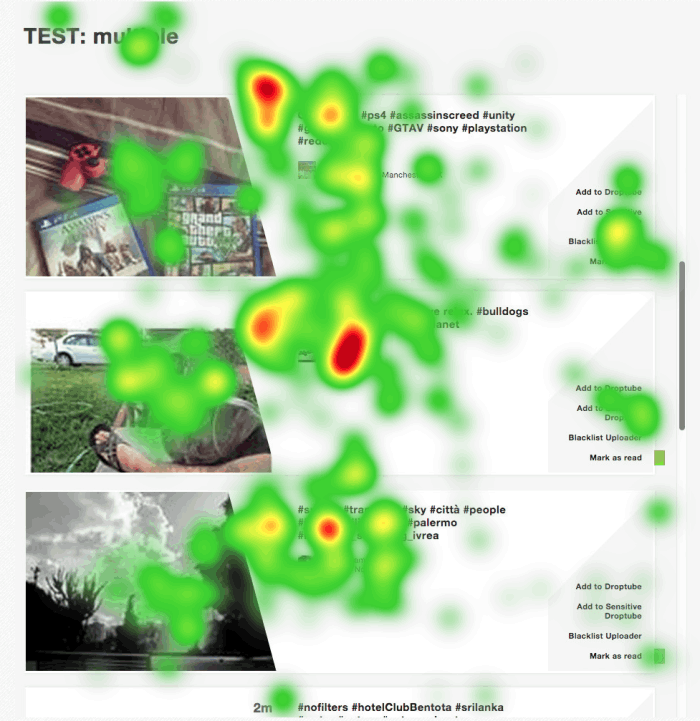
Quantify optimization
After the design optimised, we continuously track the user engagement at scale, to verify with the initial calculations for the improved design.
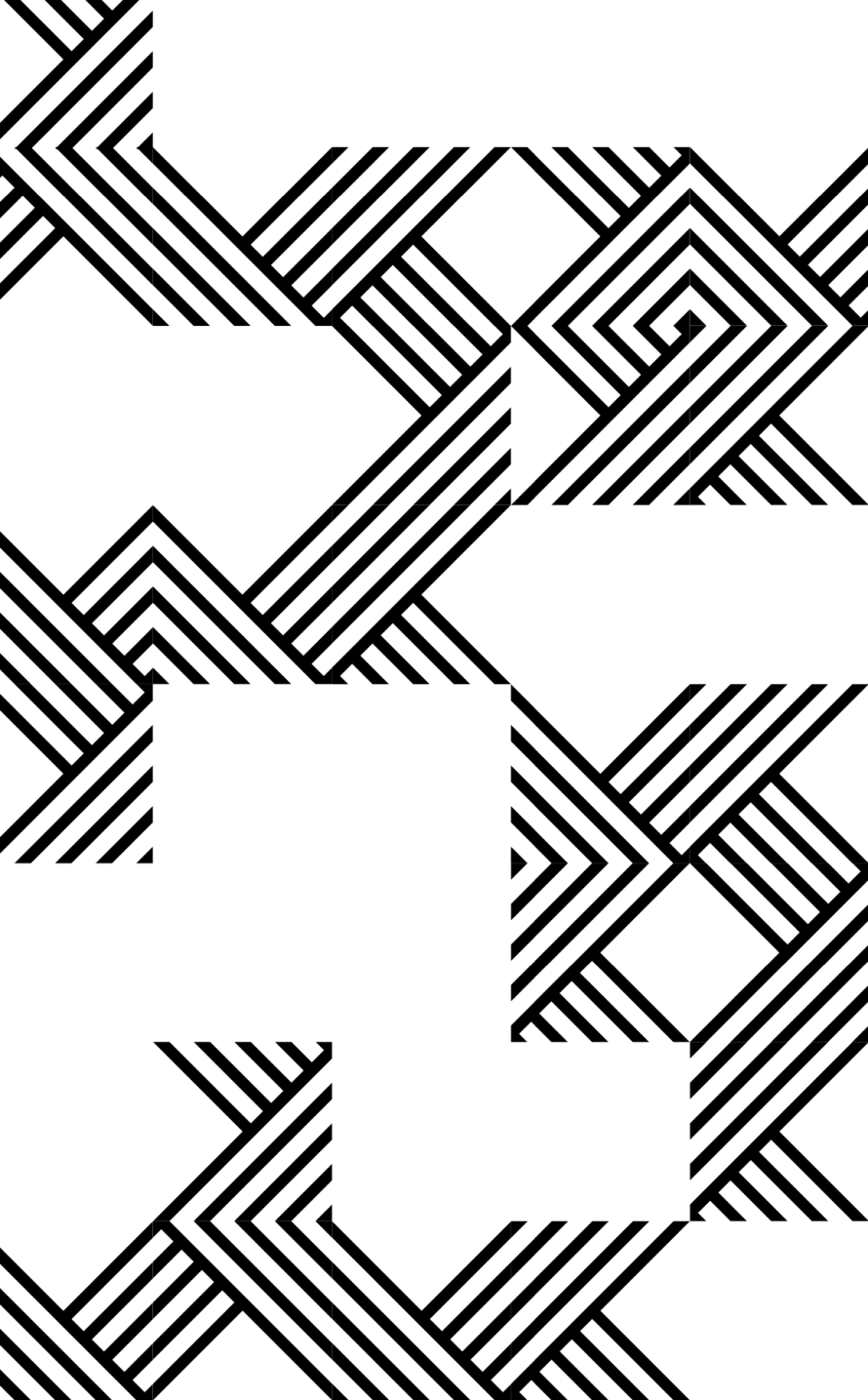
Various times I had the opportunity to design, contribute or reimagine a brand. As a natural extension of the product itself, I believe that the modern brand emerges from the product itself and the people who use it.
Illustrator
Photoshop
Sketch
Figma
Stakeholder interviews
Market studies
Team interviews
Customer survey
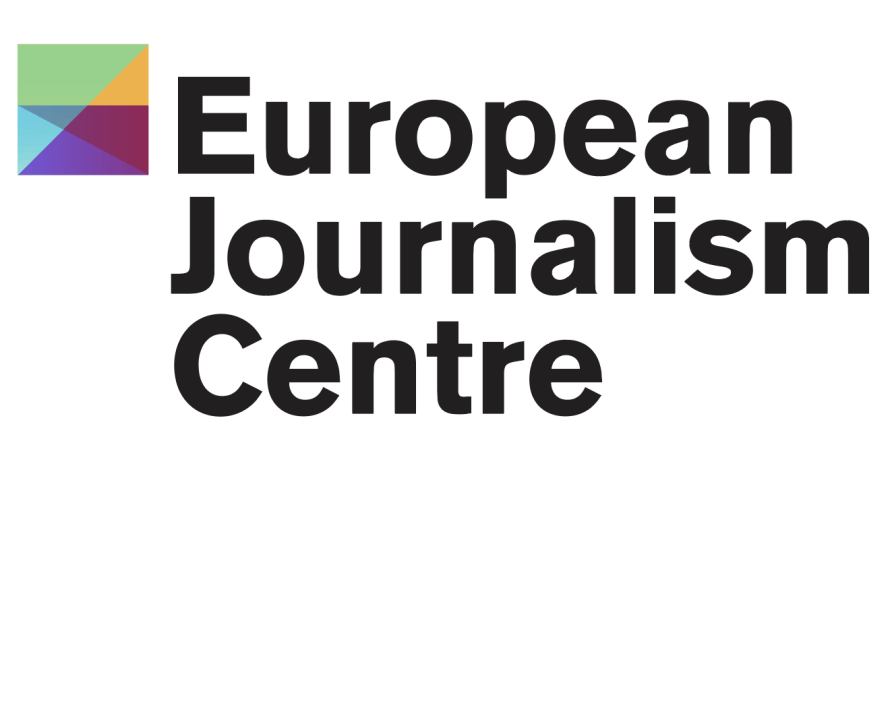
The International Typographic Style (Swiss Style), a pure European design modernist movement, recognised world wide by its style, with strong roots on grid systems, elegant modern fonts and the “most legible and harmonious means for structuring information.”
It emphasises cleanliness, readability and objectivity.
Many of the early International Typographic Style works featured typography as a primary design element in addition to its use in text, and it is for this that the style is named.
www.ejc.net
brand.ejc.net
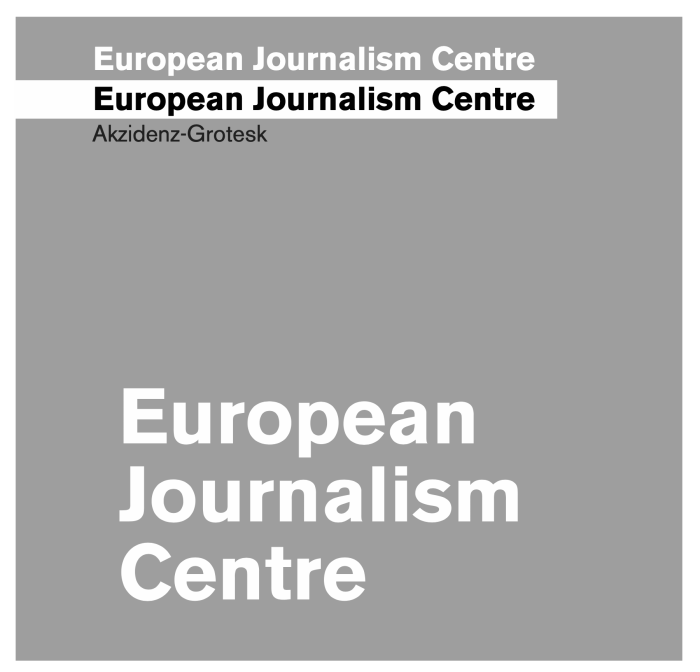
Typography with a story
Akzidenz Grotesk is a grotesque sans-serif typeface that dates back to 1896 released by the Berthold Type Foundry
Probably the most influential typeface for the The International Typographic Style design movement
It was the first sans-serif typeface to ever be widely used and it later influenced the design of Helvetica.
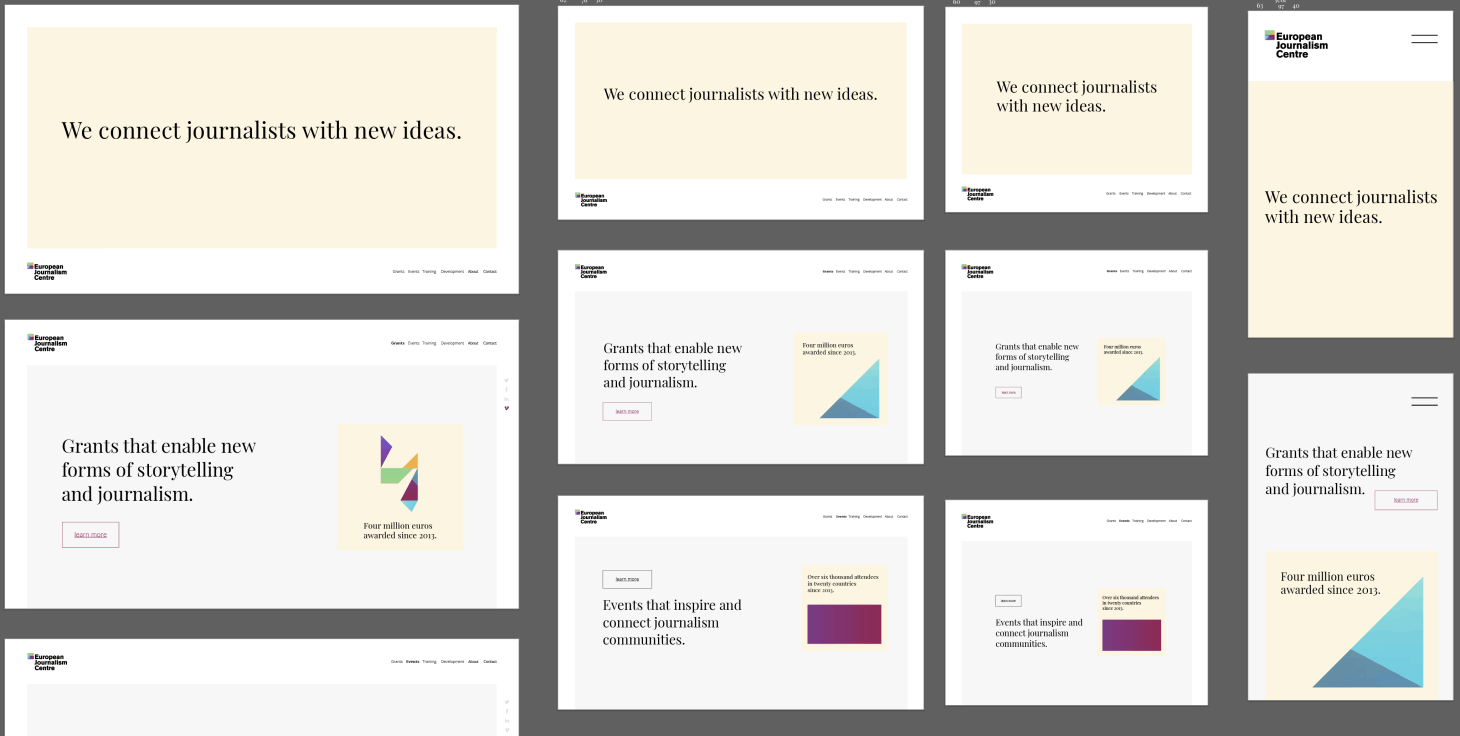

Structured collaboration
Using Abstract and Sketch across the teams, the collaboration and feedback was ensured.
